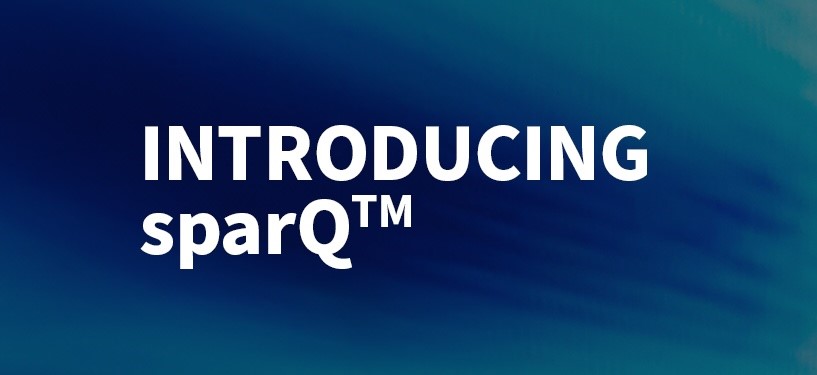Motivation is that intangible element that could make a world of difference to organizational success. A motivated workforce will be more productive, suffer from less absenteeism, and contribute meaningfully to the organization.
Conversely, without sufficient motivation, you will find yourself investing more and more to achieve the same level of outcomes, and even then, the risk of attrition remains. In 2020-21, particularly, this emerged as a major problem as it has become nearly impossible to monitor employees’ motivation levels during remote work.
This year, organizations must pay close attention to the managers they select for remote teams, their leadership capabilities, and how to motivate the workforce more effectively.
Why Workplace Motivation Has to be a Top Priority in 2021
Motivation in the workplace always posed a complex equation (for example, the correlation between motivation and salary might be weaker than you think), and distributed teams have compounded the problem. Particularly for large organizations, it is difficult to instill that same degree of involvement and personal investment from the senior management levels to the frontline workforce. According to research, more than 1 in 4 employees were likely to suffer from a lack of motivation in 2020. For young professionals under 35 years of age, this number was a worrying 44%.
Causes for low motivation included the distractions of WFH (21%) and the absence of regular communication with one’s colleagues (19%). The sheer loneliness that many employees feel makes an inevitable dent in motivation, with just 37% of employees speaking to three or more colleagues for at least five minutes every day.
6 Ways to Increase Motivation in the Workplace
As research has repeatedly found (here, here, and elsewhere), motivated workforces are much more likely to be highly productive than their less motivated counterparts, with all other conditions remaining the same. Sometimes, it can even offset the adverse effects of constricting factors such as a budget crunch or lack of face-to-face interactions.
That’s why in 2021, it is so important to:
- Invest in mental wellbeing and psychological safety
- Coach managers to value engagement and communication
- Demonstrate purpose through behavior and action
- Make empathy a key leadership quality
- Invest in upskilling of both hard and soft kinds
- Focus on incremental progress while driving home the big picture
1. Invest in mental wellbeing and psychological safety
A study conducted in the UK and EU found resilient employees to be more motivated, and that resilience can boost employee’s enthusiasm by 45%, energy at work by 39%, and the ability to concentrate by 27%. While there are physical aspects to resilience, mental and psychological tenets like security, confidence, belonging, and a sense of “goal reachability” are harder to quantify. In 2021, with employees facing isolation and uncertainty at multiple levels, investing in mental wellbeing and psychological safety in the workplace is a must. To achieve this, you also need capable leaders who can motivate without resorting to a “carrot and stick” approach.
Resilience can boost employee’s enthusiasm by 45%, energy at work by 39%, and the ability to concentrate by 27%.
2. Coach managers to value engagement and communication
Disengagement is a very real risk in any workplace, and even more so when WFH. Managers must be able to communicate regularly, effectively, and with intent so that employees remain engaged and motivated. Communication is linked to both intrinsic and extrinsic motivation – for the former, managers can use techniques like SMART goals to ensure purpose isn’t “lost in translation” as it is conveyed down via different channels. Regular feedback, appreciation, and guidance can instill extrinsic motivation.
3. Demonstrate purpose through behavior and action
Lasting motivation in the workplace is possible only when managers lead by example. It is the difference between doing something someone else wants and getting inspired by someone doing something so that you intrinsically feel motivated to emulate a similar behavior and action. Managers need to show positive behavioral attributes (e.g., disconnecting after stipulated work hours), and tie it back to an overarching purpose (e.g., maintaining work-life balance) to motivate similar actions among the workforce.
Lasting motivation in the workplace is possible only when managers lead by example.
4. Make empathy a key leadership quality
Leaders will be able to align individual employee motivations with organizational objectives only when they bring the quality of empathy to the table. For example, a team member might be eager to expand networking relationships and cement their professional-social footprint. Managers must be able to understand and empathize with this desire and align it with organizational objectives, such as leveraging the team member when coordinating virtual events. This step is key to mobilizing motivation in the workplace and manifesting employees’ energies’ in the most outcome-focused manner possible.
5. Invest in upskilling of both hard and soft kinds
Employee learning and development is an excellent way to show the workforce that the organization cares about them. This paves the way for intrinsic motivation, and an eagerness to not only learn new skills but also apply them on the job. Make sure to focus on both hard and soft skills in 2021, as abilities like time management, excellent communication, foresight, and team collaboration will be key assets for employees across industries during these times of complex labor markets. Invest in your leaders as well so they can display similar attributes and build “upskilling hubs” within every team for competency dissemination.
Abilities like time management, excellent communication, foresight, and team collaboration will be key assets for employees during these times of complex labor markets.
This is the most crucial part of enabling motivation in the workplace that matters. Employees will feel driven to be available on time, meet targets, go the extra mile, and help others only when there are clear progress markers in the short-term along with contributing to larger, overarching transformation. Therefore, managers must be able to balance short-term progress milestones (rewards, recognition, gamification, etc.) while constantly staying focused on the big picture at both the individual and the organizational level.
The Limitations of Compensation as a Motivation Aid and Why you Need Better Leaders
The simple and most straightforward tactic for motivating employees was always compensation hikes – unfortunately, this may not be as effective as expected. According to HBR, an overwhelming 9 out of 10 professionals are willing to be paid less for a chance to do meaningful work that motivates them. In 2021, with several organizations facing a cash crunch, turning the conversation away from compensation is more important than ever. Instead, you need to train, coach, and develop leaders who can drive the six strategies discussed above to power motivation in the workplace that lasts and leads to business outcomes.
___
This post was originally published on the AceUp blog.



